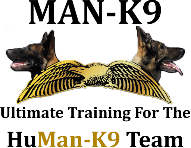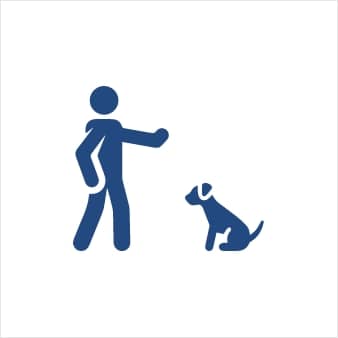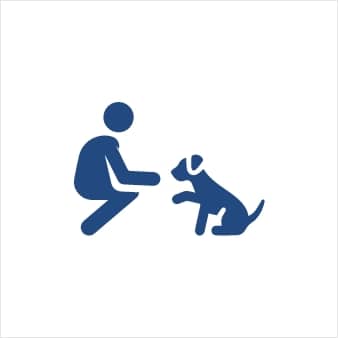Are you considering puppy training?
The newest addition to your family does not come with an instruction manual. Puppies fill your home with happiness, joy, and love. They also add chew marks to shoes and furniture, muddy paw prints to the rug, and surprise puddles. With puppies, you must take the good with the bad. Luckily, puppy training ensures those bad behaviors are curbed before they become permanent habits. A first-time dog owner may have a lot of questions about puppy training. You might believe that dog training is only for family protection dogs. You may think training is something that you must wait to do until your dog is older. You could even believe dog training is only meant for a certain type of dog and owner. The truth is, all companion dogs need training of some kind. Not all dogs need intense, police K-9 training. They do need to learn basic commands. In addition, owners need to learn how to work with their dogs. Truly, dog training is for both the puppy and the owner.
What are the Different Types of Training?
The very first thing you should learn is that there are multiple types of training sessions. Puppy training is a specialized training class that focuses solely on young dogs. Puppy classes may be in group settings, but they are more successful when a trainer works with you and your dog on a one-on-one basis. This allows the trainer to get to know you, your lifestyle, and your dog’s personality. You will be taught how to give your dog basic commands. You will also learn the type of play your puppy needs. In-lodge training, sometimes known as daycare training, is another option for puppies. In-lodge training is perfect for the busy pet owner. You leave your dog at the daycare facility where he or she is taught basic commands. You are then taught the follow-up that is needed at home to keep the training in place. There are multiple training classes for older dogs. Home protection canines are taught to safeguard the home and family. Older dogs with obedience problems may take obedience and control or a behavioral problem-solving course. Some dogs who have already had training may need a refresher. These classes and others are available for dogs of most ages.
What Happens During Dog Training?
Your puppy training class is a short, once-weekly class of about 45 minutes to one hour. Your dog is assessed, and then a professional trainer determines the best techniques for teaching behavior. The trainer will work with both you and your dog. You will learn commands, when to give rewards and what kind of rewards work best. Depending on your puppy’s response, you may only need one class. The length of the class often depends on how receptive your dog is to training and how much time you devote to training at home.
How Much At-Home Follow-Up is Needed?
Nearly every interaction you have with your puppy is a training opportunity. From the earliest stages, your puppy learns how behavior and outcomes are related. You will learn basic commands from your training session. You will also learn how to correct behavior in a way that is positive and lasting. Man K-9 is a puppy and dog training facility in the San Diego area. Training Director Manuel Villanueva is an award-winning dog trainer with more than three decades of experience. He has worked with dogs of all breeds and backgrounds, including police dogs. Contact Man K-9 at (760) 468-8830 to learn more.






